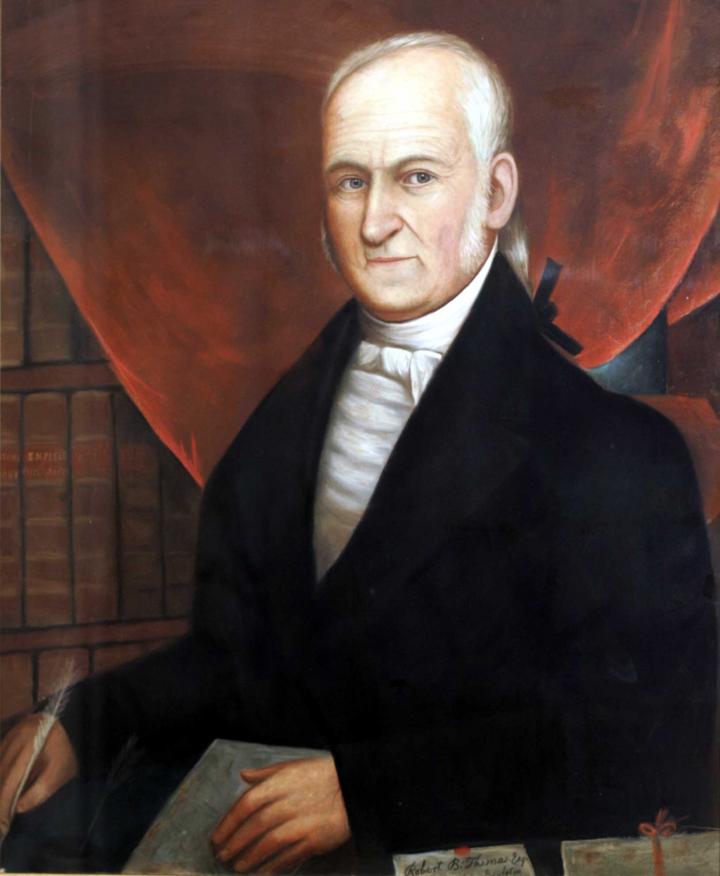
Our Unique Formula to Forecasting Long-Range Weather
ADVERTISEMENT
I am very curious if weather modification plays into forecasting at all. The Chinese had announced a very ambitious program which leads me to believe there must be some success at this and I wonder if the scale is large enough to affect weather in neighboring areas.
I am a subscriber to the digital almanac. I am trying to update my old farmers almanac app but I cannot figure out how to do it. Any suggestions would be appreciated. BTW whenever a friend is planning a wedding and is worried the weather on their wedding day I always recommend they get an Old Farmer’s Almanac (print or digital). No one has ever complained about my advice, most say it helped making the decision on the wedding day.
I don't believe your claim of 80% accuracy. You are "grading your own paper." Nevertheless, I have been reading the Almanac for many years and continue to do so. It definitely is interesting with a pleasant degree of humor. :{)>
Thank you for writing this article. I am a scientist who studies every aspect of how Geology, Weather, and Space are interconnected. I am certainly interested in working for an organization like yours and continue to gather records to predict a more accurate picture of the annual climate. Thanks for sharing!
I grew up on a farm 30 miles North of Detroit Mich
I have always been very Interested in the Weather
I enjoy reading every thing you Publish
Thank You
I’ve recently developed a self acuired addiction to accruing knowkedge. As nerdy as that sounds, I find myself researching a plethora of different subjects in my free time just to try to gain a glimpse of all the secrets this world holds.
In today’s world, bias and subjectivity taints almost everything you read and hear. Society has become me vs you and simple facts are distorted based on the author or presenters perception. I never take anything at face value and if I’m at all able to I try to figure out the science and raw principles behind why/how something works. I admire the Almanac in its use of data to determine an outcome.
My only question is why would you not make this “formula” available to more people? Of course I see how when readily available, people could abuse and tarnish the reputation of the Almanac by making incorrect predictions, but their is also some disadvantage to the almanac by not having a more broadened analytical base. Two heads are better that one kind of thing. Just a thought, I’ve notived that sometimes my private studies have led me to hit roadblocks that state I need to pay or that I don’t have access to due to secrecy. I hate that about this world. Knowledge is power, but it should be available to all those who seek it. Thanks for your time, and I respect your team’s accuracy and dedication!
Thanks for your message. The “formula” is not so much mathematical or otherwise linearly readable; it’s a matter of interpretation. We acknowledge that we use three scientific disciplines in making our weather forecasts: solar science, in particular the sunspots; climatology, the study of prevailing conditions over time; and meteorology, the study of the atmosphere. Our meteorologist “interprets” recent and current solar activity, compares it to similar periods, and considers the various global weather phenomena (e.g., oscillations, jet stream, etc.)—as well as current trends in greenhouse gases—and makes his predictions. He does not make proclamations. We do not expect to be 100% accurate; our historic average is 80% accurate. Others could take the same information (it is public) and come up with different conclusions. We have one meteorologist at a time and we put our trust in him. Two heads are better than one for some matters, but sometimes two leads to three (to break a tie) and before you know it, you’ve got a committee. We’ll stick with our one.
Hello,
I’m studying the Bible, focusing now on the Book of Numbers. I’ve found relationships in the populations that show the sidereal year, tropic region, ecliptic plane, moon inclination, moon sidereal, and Saros cycle. I know there is more to be found beyond the sun and moon. I’m also seeing that these luminaries are a product of the magneto-dielectric (hands of God are a sort of y and x axis). I find it fitting that you tie patterns to magnetic storms. Is there any way we can work together in my studies? I can’t find anyone else that seems to link the same cosmological view with faith. Hoping you may be that source. Thanks,
With chemtrails and weather control, do you get their flight/spraying information from them? I am amazed at your accuracy even with the sun being hazed, clouds/ blue sky covered by trails.
My grandpa used the FA every year to plan when to start seeds and when to plant his garden and it was correct virtually every time. I use the FA to get a glimpse of what to expect for the weather for outdoor activities, and yes it is correct.












